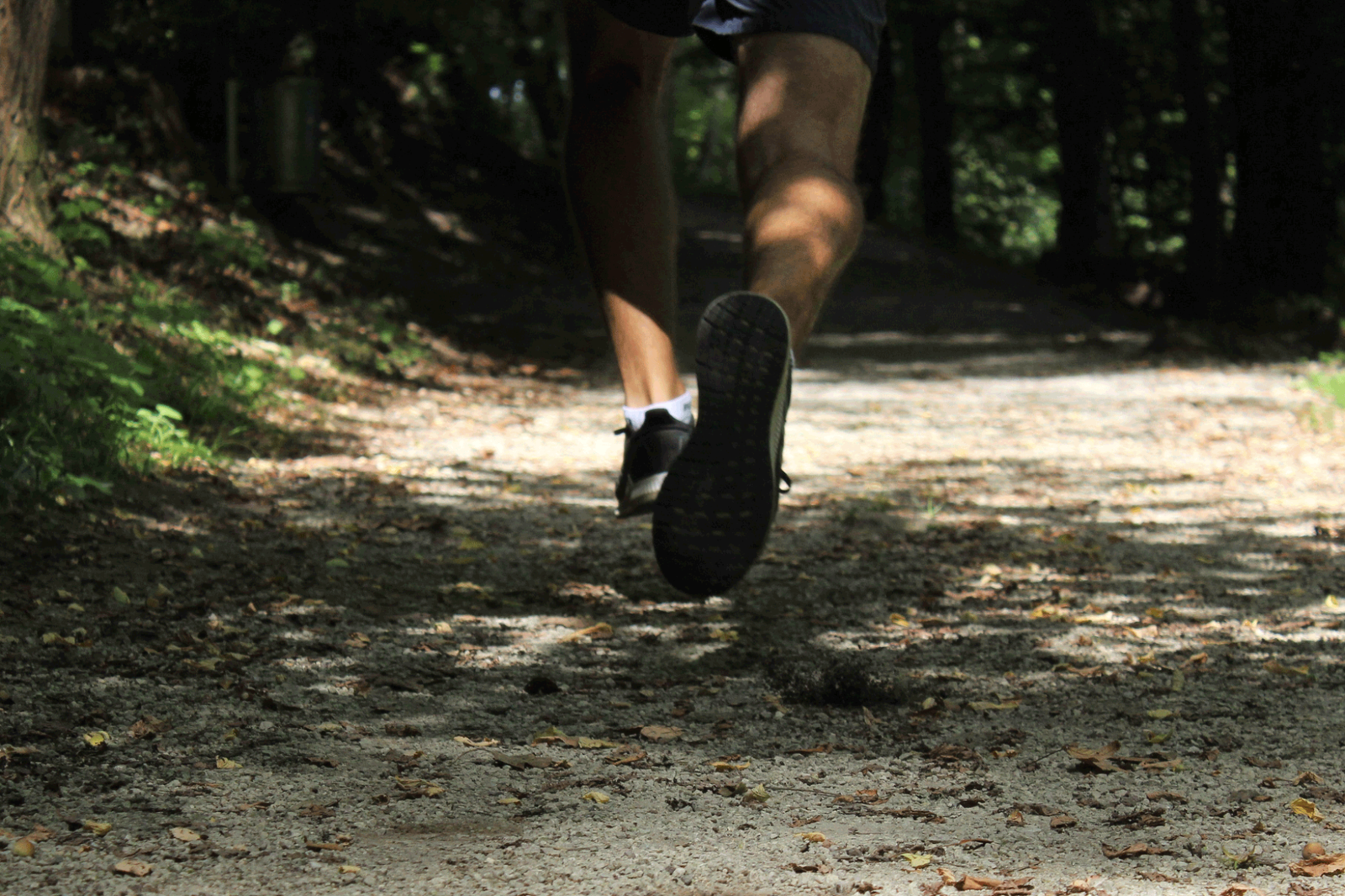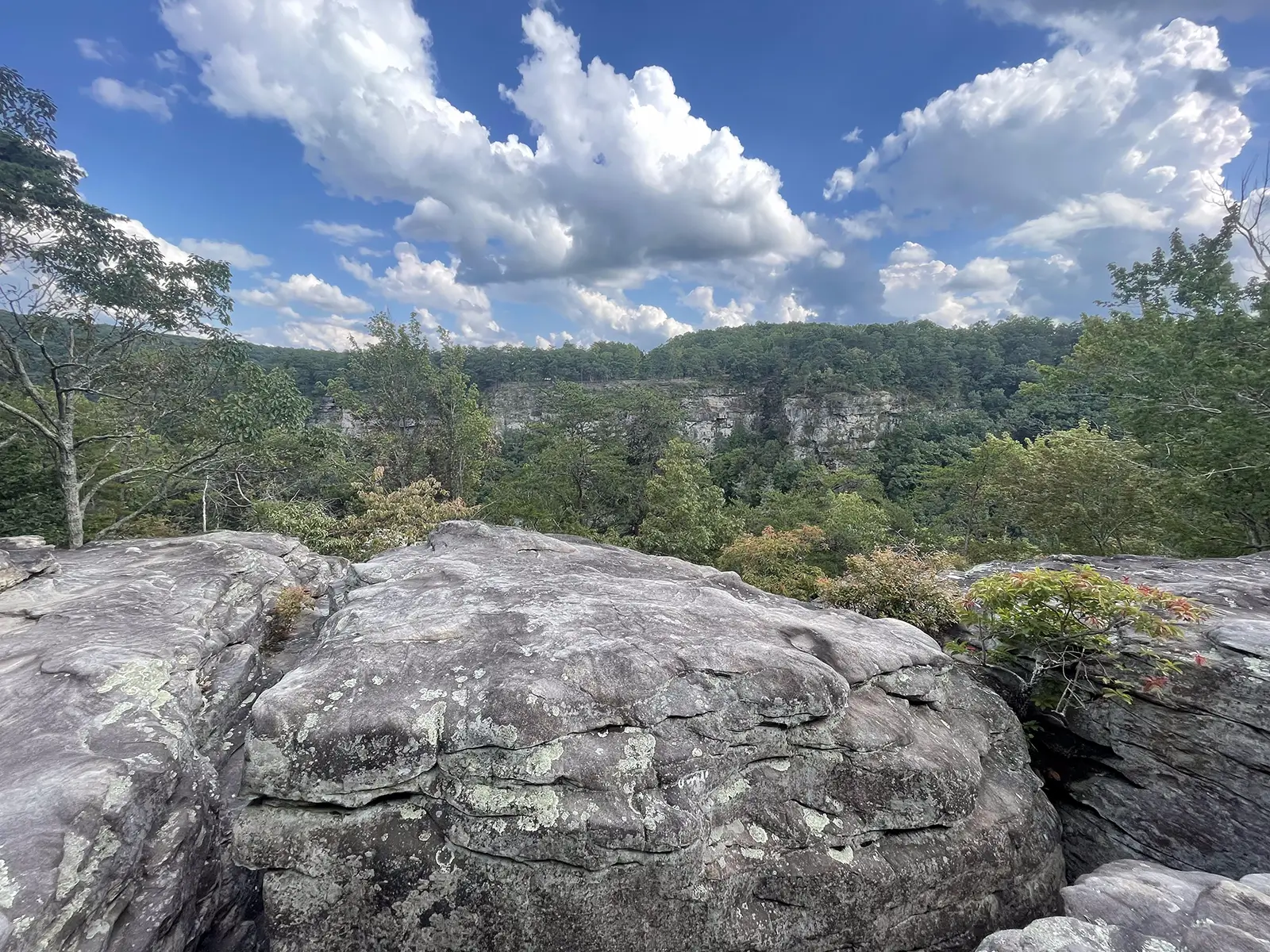Trail running is a dynamic and exhilarating sport that demands more from your footwear than traditional road running. As you traverse rugged terrains, conquer challenging inclines, and navigate unpredictable surfaces, having the right pair of trail running shoes becomes crucial.
In this article, we delve into the significance of trail running shoes and outline key attributes to consider when purchasing a pair, empowering you to elevate your trail running experience to new heights, and teaching you how to choose the best trail running shoes for you.
Table of Contents
Enhanced Traction for Unpredictable Terrain
Unlike road running shoes, trail running shoes are specifically designed to tackle varied terrains, such as dirt paths, rocky trails, and muddy surfaces. Look for shoes with an aggressive outsole pattern and durable rubber compounds that provide exceptional traction, ensuring you maintain stability and grip on uneven surfaces.
As you get started, be especially careful on wet surfaces such as rocks, wooden bridges, etc. The typical trail shoe sole surface is designed for the dirt or gravel of the trail and gets very slippery on smooth, wet surfaces. Many an experienced, or inexperienced, trail runner has eaten dirt in wet conditions regardless of the level of traction their shoes provided.
Protection from Trail Hazards
Trail running exposes your feet to a range of hazards, including sharp rocks, roots, and uneven terrain. Opt for shoes with protective features like a rock plate or reinforced toe cap, which shield your feet from potential injuries, bruises, and impacts. Additionally, shoes with ample cushioning and shock absorption help to minimize discomfort and fatigue during long runs.
Take note, however, that your preferences in this category may change as you get more experienced and more comfortable on the trails. Many trail runners eschew rock plates and heavier cushioned trail shoes in order to have a better “feel” of the trail, i.e. being able to feel more of the surface with your feet as you run.
Stability and Support
Trails often present challenging slopes and uneven surfaces, demanding shoes that offer stability and support. Seek out trail running shoes with a sturdy construction, including a supportive midsole and a secure heel counter. These features promote proper foot alignment, reduce the risk of ankle rolls, and enhance overall stability on technical trails.
Many trail shoe stores and providers will work with you to analyze your gait and determine the best shoe for you. As you increase the mileage and difficulty, this sort of analysis often leads to a trail runner that is perfect for your gait and style, benefiting you on your runs.
Breathability and Water Resistance
Trail running can lead you through diverse weather conditions, so shoes with adequate breathability are essential to keep your feet cool and comfortable. Look for shoes with breathable mesh uppers that allow air circulation, preventing excessive sweating and reducing the risk of blisters. Additionally, consider water-resistant or quick-drying materials to keep your feet dry when encountering wet or muddy conditions.
Many trails, and specifically many organized trail races, will intentionally lead you across creeks and rivers. In cases such as these, your feet WILL get wet, regardless of your shoe’s water-resistance. Oftentimes in situations such as this a mesh upper allowing the shoe to drain is preferable, however, experiment with your shoes and find out what is most comfortable for you. Most importantly, know your route. If you’re in the early stages of a 50 mile race and your feet are soaked, you definitely want to have breathable shoes (and probably a change of socks at the aid station) or your feet are likely to pay the price.
Proper Fit and Sizing
An ill-fitting shoe can quickly turn a thrilling trail run into a painful experience. Ensure your trail running shoes fit properly by trying them on with the socks you plan to wear during your runs. Look for a snug but not constrictive fit, with ample room for toe splay. Remember that feet tend to swell during long runs, so leaving a little extra room is advisable.
Weight and Flexibility
The weight and flexibility of your trail running shoes can significantly impact your performance. Lightweight shoes provide agility and speed, allowing you to navigate technical terrains more efficiently. Meanwhile, shoes with a balance of flexibility and stability enable a natural running motion while adapting to the changing terrain.
Some long distance runners prefer shoes with maximum cushion. While this can improve your foot’s comfort levels during a long run, the trade off is that often these shoes are heavier with less feel. Every runner is different in what they prefer! I prefer maximalist shoes such as Hoka or some of the long distance Altra models, however, I’m also not terribly fast and am not worried about trying to win anything. For my money, long distance cushion and comfort are preferable to lighter weight and more feel. That said, every runner is different and some runners prefer the trade off of less weight over the course of many miles.
Conclusion
Investing in a pair of trail running shoes tailored to the demands of off-road running is vital to ensure a safe, enjoyable, and injury-free experience. Consider the attributes discussed above, such as enhanced traction, protection, stability, breathability, proper fit, and weight, when choosing your trail running shoes. Remember that everyone’s feet are unique, so take the time to try on different models and brands to find the pair that suits your specific needs. Equipped with the right shoes, you’ll be ready to conquer any trail that lies ahead and unlock your full trail running potential.


